Before jumping to a conclusion, let’s have a look at how each piece moves.
The bishop in chess moves in a diagonal fashion as can be seen in the position below.
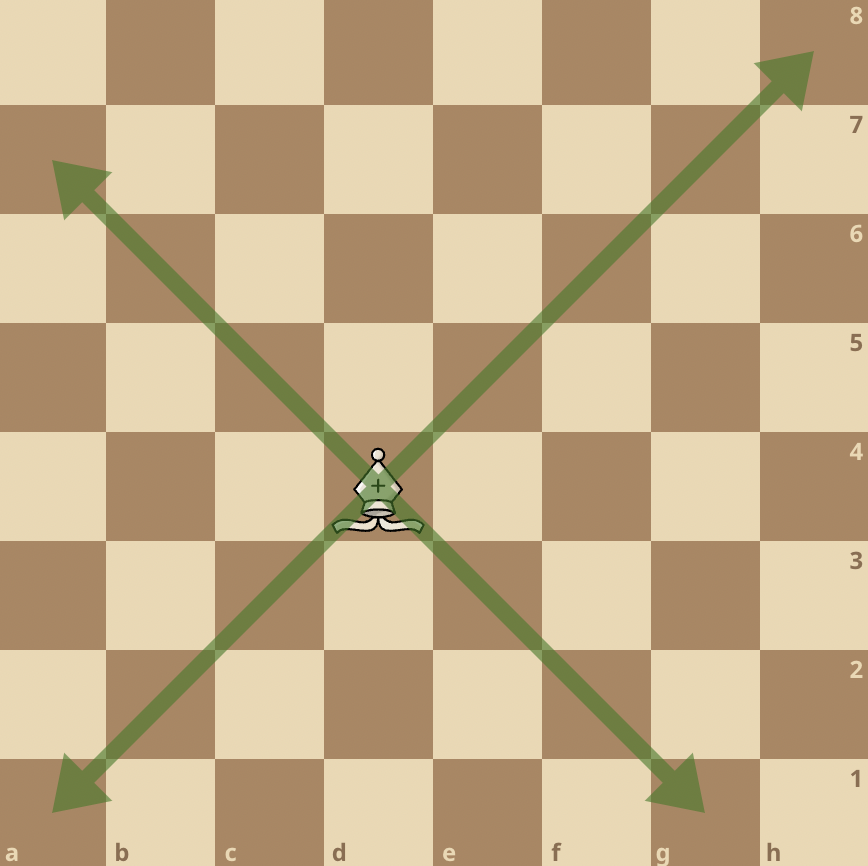
The rook in chess moves horizontally and vertically…like a plus shape.
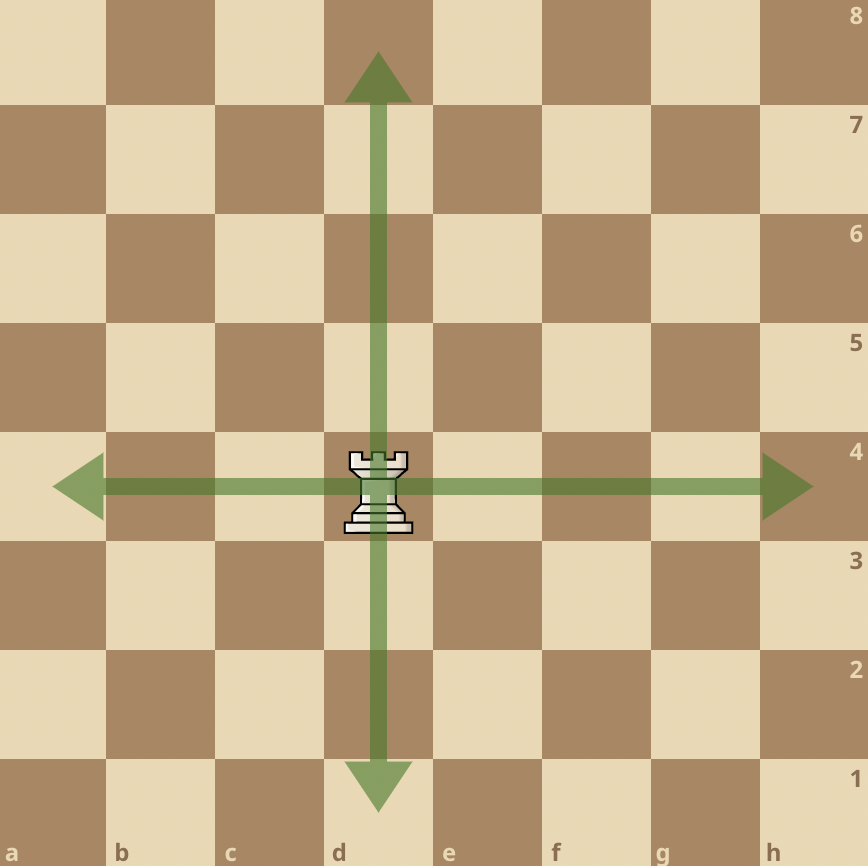
Now that we’ve highlighted the movement of both piece, we want you to do something quickly.
Count the maximum number of squares that a bishop can control versus the maximum number of squares that a rook can control.
Done counting?
You’ll agree with us that the bishop controls a max of 13 squares whilst the rook controls a max of 14 squares.
Now, no matter where the rook is placed on an empty chessboard, you have the option to make up to 14 valid moves with them.
This is because there are always 7 valid squares on the file where the rook is placed, and 7 valid squares on the involved rank.
The bishop on the other hand can make a maximum of 13 possible moves from the centre of the board, but this is reduced to only 7 squares when at the edge of the board.
This brings us to the first reason that explains why rooks are preferred to bishops:
The rook in chess controls far more squares than the bishop in any position.
Our first conclusion is still not complete. Here’s why.
You can only move your bishops to the squares of the same colour as they begin on.
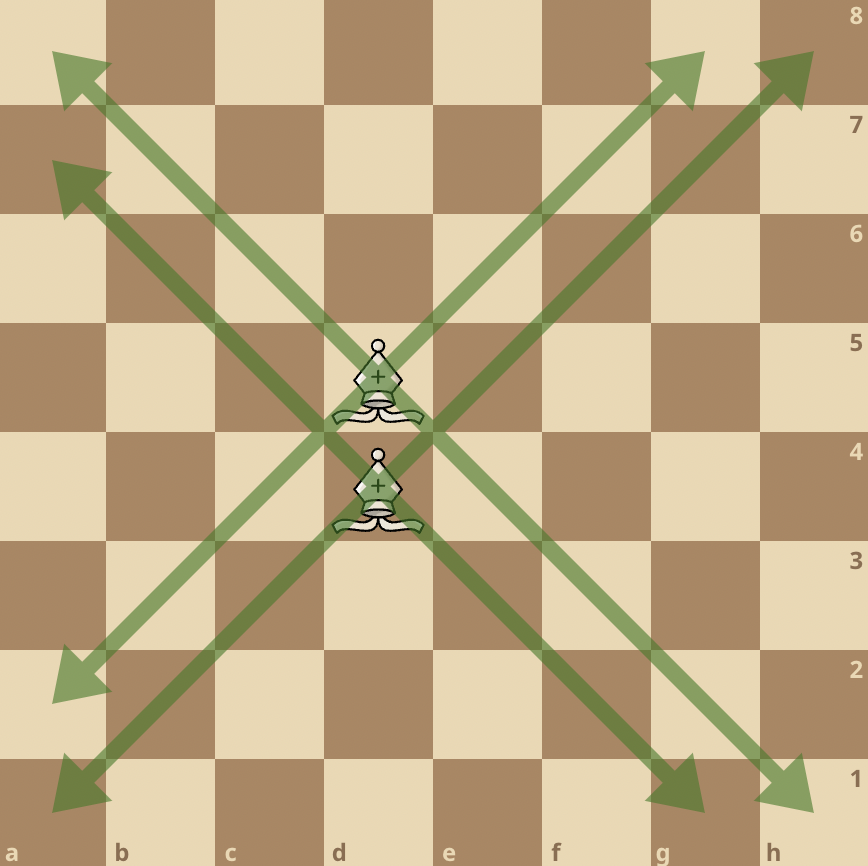
That is, one of the bishops can only move on half(32) the squares of the board. To cover all 64 squares, the two bishops have to work together.
This is where a rook is badass. A single rook can actually cover all 64 squares without needing its counterpart. This is the second point.
In terms of checkmating your opponent’s king, no single piece can make that possible. It has to be assisted by other pieces.
For example, your king and queen or king and rook can comfortably checkmate the other king.
But you can’t do this with a king and bishop or a king and knight. Unlike the rook or queen, a bishop cannot cut off the opposing king’s path as it can always escape via the opposite square colour of the bishop.
You have to use both bishops before checkmate can happen.
This is why bishops and knights are referred to as minor pieces and the queen and rooks as major pieces. Another win for the rook which so far has been proving to be roughly equal to both bishops (1 rook ~ bishop pair)
Finally, a rook has a special way to move and protect the king via castling. This is something that can’t be done by bishops.
Concluding Thoughts
We hope you got the difference between both piece and realized the superiority of the rooks over the bishops.
Evaluation-wise, a rook is given 5 points while a single bishop has 3 points.
With their counterparts, a bishop pair can actually extend to 7 points but the rooks at 10 points definitely beats it.



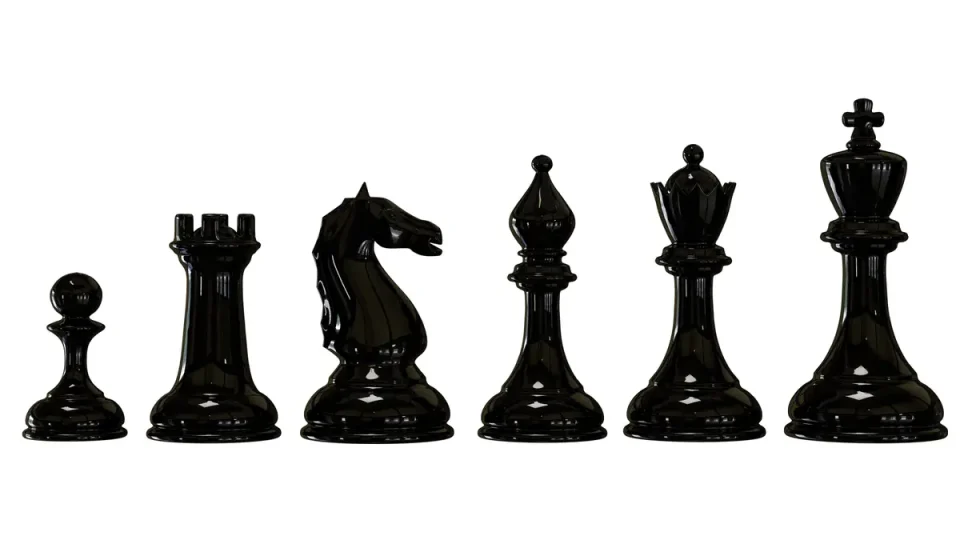
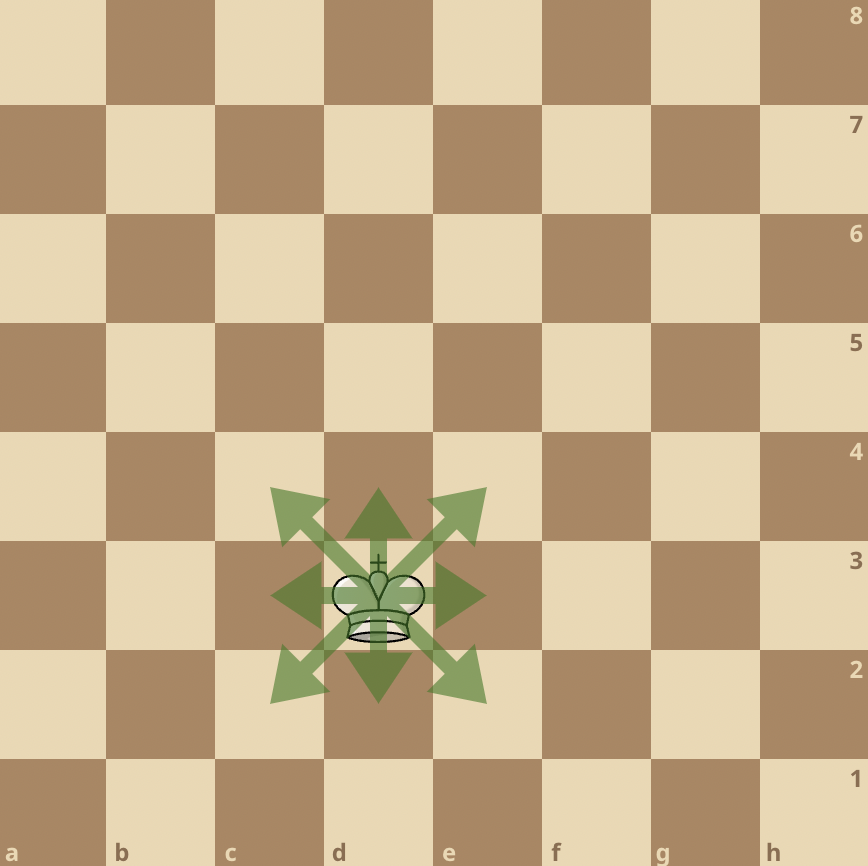
join the conversation